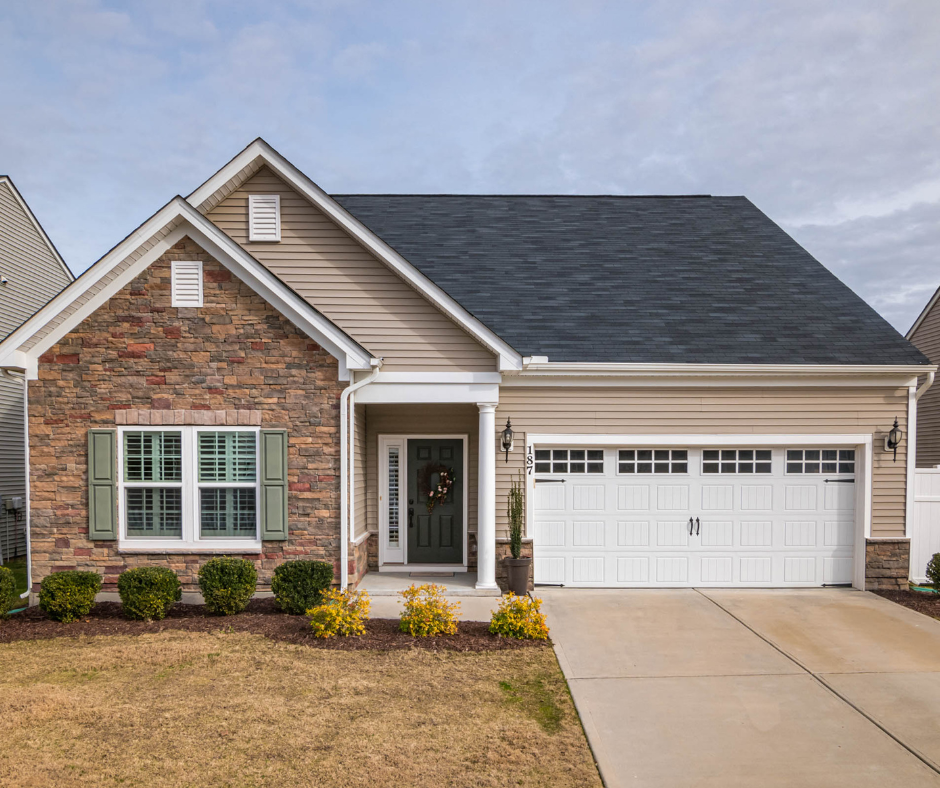Your home’s foundation is one of its most vital components, supporting the entire structure and ensuring its stability for years to come. Yet many homeowners don’t realize how much their gutter system directly impacts the health of that foundation. Improper or failing gutters can allow water to pool around the base of your home, leading to erosion, cracks, and even structural failure over time.
A properly installed gutter system does more than just direct rain off your roof—it channels water away from your home in a way that protects its most essential elements. Here are three important ways that proper gutter installation helps shield your foundation from serious and costly damage.
1. Redirects Water Away from the Foundation
One of the most important functions of a gutter system is to collect rainwater from the roof and safely transport it away from your home’s perimeter. When gutters are properly installed with the correct pitch and number of downspouts, they ensure that runoff is funneled efficiently and deposited far from your foundation.
Without this redirection, rainwater falls directly to the ground around your house, where it begins to saturate the soil. This becomes especially problematic during heavy storms or in areas with clay-rich soil, which expands when wet and contracts as it dries. Over time, this constant movement causes pressure shifts that can lead to cracking, settling, or even foundation upheaval.
A well-installed gutter system prevents this chain reaction by controlling the flow of water, dispersing it evenly, and keeping it away from vulnerable areas. Downspout extensions or underground drainage systems can further enhance this protection by carrying water several feet away from the home.
2. Prevents Soil Erosion Around the Perimeter
Even if your foundation is structurally sound, the soil that surrounds it plays a critical role in maintaining that stability. When gutters are missing, improperly sloped, or clogged, the overflow of rainwater can wash away soil at the base of your home.
This erosion doesn’t happen overnight—but it adds up. Over time, your once-level soil line may begin to slope toward the house, creating a dangerous situation where water flows toward the foundation instead of away from it. This reverse grading can cause pooling around basement walls and lead to seepage, mold, and interior water damage.
Properly installed gutters distribute water in a controlled manner, protecting the soil’s integrity and maintaining proper grading. They also help keep landscaping intact, reducing the risk of flower beds or mulch being displaced, which can further impact drainage patterns.
If you’re located in an area with significant seasonal rainfall or freeze-thaw cycles, the importance of managing runoff is even more critical. For homeowners seeking Carmel IN gutter replacement or installation services, prioritizing proper slope and drainage planning should be at the top of your checklist.
3. Minimizes Basement Flooding and Water Intrusion
Basement flooding is one of the most common and costly results of poor gutter performance. When water collects near the base of a home, it can easily find its way into lower levels—either through small cracks in the foundation walls or directly over the top of the foundation in extreme cases.
A properly installed gutter system helps prevent this by managing both the volume and direction of water flow during storms. It ensures that even in heavy rain, the runoff is carried away before it has a chance to seep downward.
In addition to proper gutter placement, features like splash blocks, drainage pipes, and sump pumps can offer added protection for basements. But none of these are as effective without a well-designed gutter system to act as the first line of defense.
When moisture starts making its way into your home’s lower levels, it can damage flooring, drywall, insulation, and even electrical systems. And beyond the visible damage, ongoing dampness can contribute to mold and mildew growth—posing health risks and reducing property value.
Proper installation techniques—such as ensuring downspouts empty at least five feet from the foundation—are simple steps that make a massive difference in reducing the risk of water intrusion.
Final Thoughts
While it may seem like a minor exterior detail, your home’s gutter system plays a pivotal role in maintaining the integrity of your foundation. By redirecting rainwater, preserving soil stability, and minimizing moisture around your home, properly installed gutters can save you thousands of dollars in repair costs and preserve the long-term safety of your property.
If your current gutters are sagging, leaking, or frequently overflowing, it may be time to consider an upgrade. Whether you’re building a new home or planning a bold move, always prioritize proper installation and system design. Your foundation—and your wallet—will thank you in the long run.

